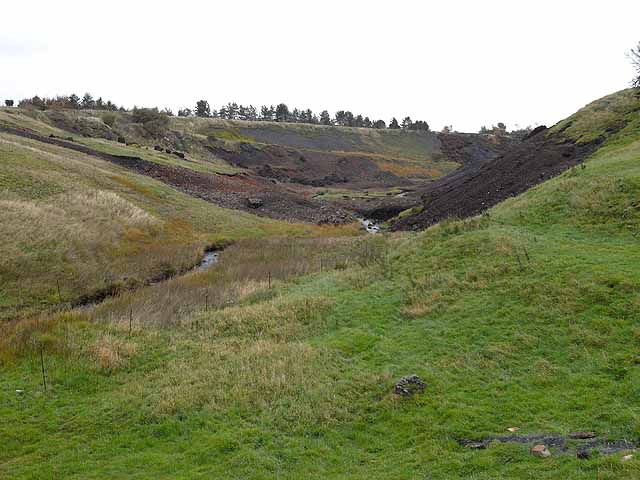Spelter on:
[Wikipedia]
[Google]
[Amazon]
Spelter is a
 In his
In his
German Art Deco Spelter Lamp
Zinc Zinc alloys Lead alloys Brass
zinc
Zinc is a chemical element; it has symbol Zn and atomic number 30. It is a slightly brittle metal at room temperature and has a shiny-greyish appearance when oxidation is removed. It is the first element in group 12 (IIB) of the periodic tabl ...
–lead alloy
An alloy is a mixture of chemical elements of which in most cases at least one is a metal, metallic element, although it is also sometimes used for mixtures of elements; herein only metallic alloys are described. Metallic alloys often have prop ...
that ages to resemble bronze
Bronze is an alloy consisting primarily of copper, commonly with about 12–12.5% tin and often with the addition of other metals (including aluminium, manganese, nickel, or zinc) and sometimes non-metals (such as phosphorus) or metalloid ...
, but is softer and has a lower melting point
The melting point (or, rarely, liquefaction point) of a substance is the temperature at which it changes state of matter, state from solid to liquid. At the melting point the solid and liquid phase (matter), phase exist in Thermodynamic equilib ...
. The name can also refer to a copper–zinc alloy (a brass
Brass is an alloy of copper and zinc, in proportions which can be varied to achieve different colours and mechanical, electrical, acoustic and chemical properties, but copper typically has the larger proportion, generally copper and zinc. I ...
) used for brazing
Brazing is a metal-joining process in which two or more metal items are joined by melting and flowing a filler metal into the joint, with the filler metal having a lower melting point than the adjoining metal.
Brazing differs from welding in ...
, or to pure zinc.
Etymology
 In his
In his etymology
Etymology ( ) is the study of the origin and evolution of words—including their constituent units of sound and meaning—across time. In the 21st century a subfield within linguistics, etymology has become a more rigorously scientific study. ...
of the English language, 19th-century philologist
Philology () is the study of language in oral and written historical sources. It is the intersection of textual criticism, literary criticism, history, and linguistics with strong ties to etymology. Philology is also defined as the study of ...
Walter William Skeat
Walter William Skeat, (21 November 18356 October 1912) was a British philologist and Anglican deacon. The pre-eminent British philologist of his time, he was instrumental in developing the English language as a higher education subject in th ...
speculated that the word pewter
Pewter () is a malleable metal alloy consisting of tin (85–99%), antimony (approximately 5–10%), copper (2%), bismuth, and sometimes silver. In the past, it was an alloy of tin and lead, but most modern pewter, in order to prevent lead poi ...
might have been derived from spelter.
Zinc–lead spelter
An inexpensive alloy that is easilycast
Cast may refer to:
Music
* Cast (band), an English alternative rock band
* Cast (Mexican band), a progressive Mexican rock band
* The Cast, a Scottish musical duo: Mairi Campbell and Dave Francis
* ''Cast'', a 2012 album by Trespassers William ...
and worked, spelter was used from the 1860s in the manufacture of candlesticks, clock cases, tableware, and light fixtures. In the early 20th century, sculptors such as Jacques Limousin used spelter heavily in their manufacture of Art Nouveau
Art Nouveau ( ; ; ), Jugendstil and Sezessionstil in German, is an international style of art, architecture, and applied art, especially the decorative arts. It was often inspired by natural forms such as the sinuous curves of plants and ...
and Art Deco
Art Deco, short for the French (), is a style of visual arts, architecture, and product design that first Art Deco in Paris, appeared in Paris in the 1910s just before World War I and flourished in the United States and Europe during the 1920 ...
figurine
A figurine (a diminutive form of the word ''figure'') or statuette is a small, three-dimensional sculpture that represents a human, deity or animal, or, in practice, a pair or small group of them. Figurines have been made in many media, with cla ...
s and other ornaments
An ornament is something used for decoration.
Ornament may also refer to:
Decoration
*Ornament (art), any purely decorative element in architecture and the decorative arts
*Ornamental turning
*Biological ornament, a characteristic of animals tha ...
.
Spelter is relatively soft and brittle. It can be distinguished from bronze by scratching its patina: untarnished spelter is white, while bronze is yellow.
The speltering process
Brass was made using acementation process
The cementation process is an Obsolescence, obsolete technology for making steel by carburization of iron. Unlike modern steelmaking, it increased the amount of carbon in the iron. It was apparently developed before the 17th century. Derwentcot ...
but this was replaced by speltering, the direct alloying of copper and zinc metal which was introduced to Europe in the 16th century.Craddock, P.T. and Eckstein, K (2003) "Production of Brass in Antiquity by Direct Reduction" in Craddock, P.T. and Lang, J. (eds) ''Mining and Metal Production Through the Ages'' London: British Museum pp. 226–7
Other uses
Brasses containing zinc may be termed spelter, as may zincingot
An ingot is a piece of relatively pure material, usually metal, that is Casting, cast into a shape suitable for further processing. In steelmaking, it is the first step among semi-finished casting products. Ingots usually require a second procedu ...
s formed by smelting
Smelting is a process of applying heat and a chemical reducing agent to an ore to extract a desired base metal product. It is a form of extractive metallurgy that is used to obtain many metals such as iron-making, iron, copper extraction, copper ...
.
See also
* * *References
External links
* {{wiktionary-inlineGerman Art Deco Spelter Lamp
Zinc Zinc alloys Lead alloys Brass